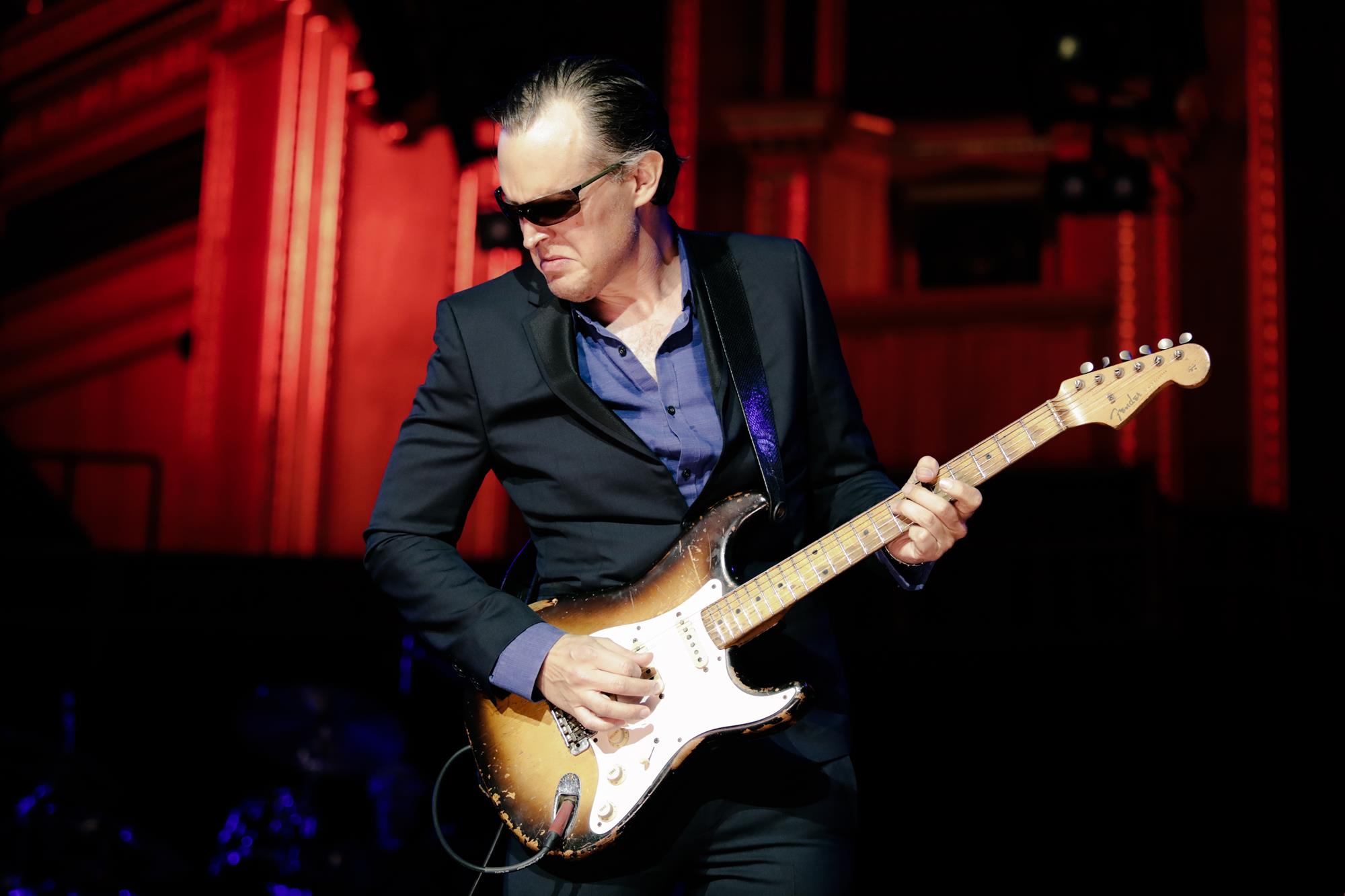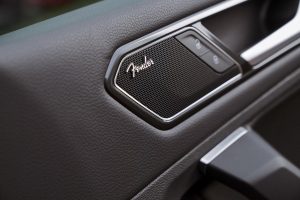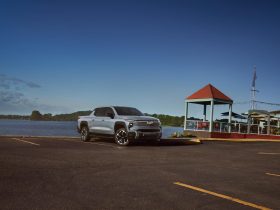While stay-at-home orders are easing in some states, most are months away from re-opening concert venues. Many musicians are continuing to share their talents by holding virtual performances, giving fans a show while raising funds for those impacted by the pandemic. And the most advanced sound system available for listening to those events – or even finding a few minutes of solitude with your favorite tunes under lockdown – may be in your vehicle.
On Thursday, May 14 at 8 pm ET, Volkswagen of America and Fender will share a live stream concert by blues rock guitar star Joe Bonamassa from his home in Southern California, to support touring musicians whose livelihood has been disrupted by the pandemic. Over the past nine years, Volkswagen has worked with Fender and Panasonic to bring music to life on the road with the Fender Premium Audio System – and whether it’s blues, rock, rap or any other genre, engineers have designed it to provide the highest level of performance, straight from the dealership.
Dave Ernst, Senior Acoustics Engineer at Panasonic, has some advice for tuning your vehicle’s sound system: Start by listening to something you’re familiar with on the system’s original settings, then make small adjustments from there.
The reason? His team of engineers and music experts have already spent hundreds of hours refining the optimal spatial performance, dynamics and frequency balance for a variety of musical genres, from classical to blues to pop. The team of designers have fine-tuned the system with the goal that, as Ernst notes, the driver (or whoever’s in charge of the music) won’t need to tune further unless they are looking for a specific sound element.
“We want to make sure we can strike a balance that’s really going to sound great for any genre you can throw at it,” said Ernst.

Ernst works closely with Fender to uphold the sound and “emotion of a live performance,” that makes the guitar brand so renowned, tailored to the specific Volkswagen model. The team selects the optimal speaker and amplifier components and fits them for the interior, managing the design tradeoffs such as component dimensions, weight, and performance. They use advanced digital signal processing technology to reduce peaks and dips in frequency responses, account for asymmetry within the vehicle and manage sound that may reflect off areas like the windshield and door panels.
Then come the details.
“We spend weeks listening to the system with different genres at different volumes in different settings,” Ernst said. A bass guitarist himself, he pays special attention to the role of the guitar when tuning the system. “We have to make sure we’re enhancing the character of the guitar without sounding too harsh. It’s about finding the right balance of energy.”
Following that, the team spends extensive time on the road, making sure roadway noises do not ruin the sound once the vehicle’s in motion. “That’s where you want to make sure you have enough bass that it really still sounds as good as possible,” he said.
Once it is complete, Ernst brings in musical artists to listen to their own work inside a Volkswagen.
 “That’s the most rewarding thing,” Ernst says. “These musicians have heard their music played back to them a hundred times, but not quite like this. I love watching the artists react to hearing their work.”
“That’s the most rewarding thing,” Ernst says. “These musicians have heard their music played back to them a hundred times, but not quite like this. I love watching the artists react to hearing their work.”
Most artists do not expect such a high caliber of sound from inside a vehicle. But as Ernst notes, most drivers listen to music, podcasts or audiobooks during their commutes or on occasional road trips, so it’s logical to put such emphasis on sound for this space.
Despite the many months spent engineering, Ernst says the process is more of an art than a science.
“It’s a feeling,” he said. “It’s when you get in a Volkswagen and think, ‘I could listen to music in this car for hours.’ That’s when you know you have made a quality system.”







